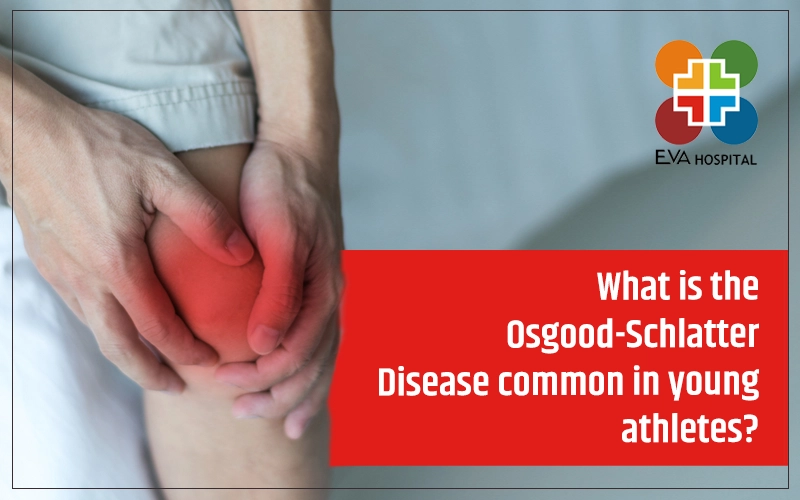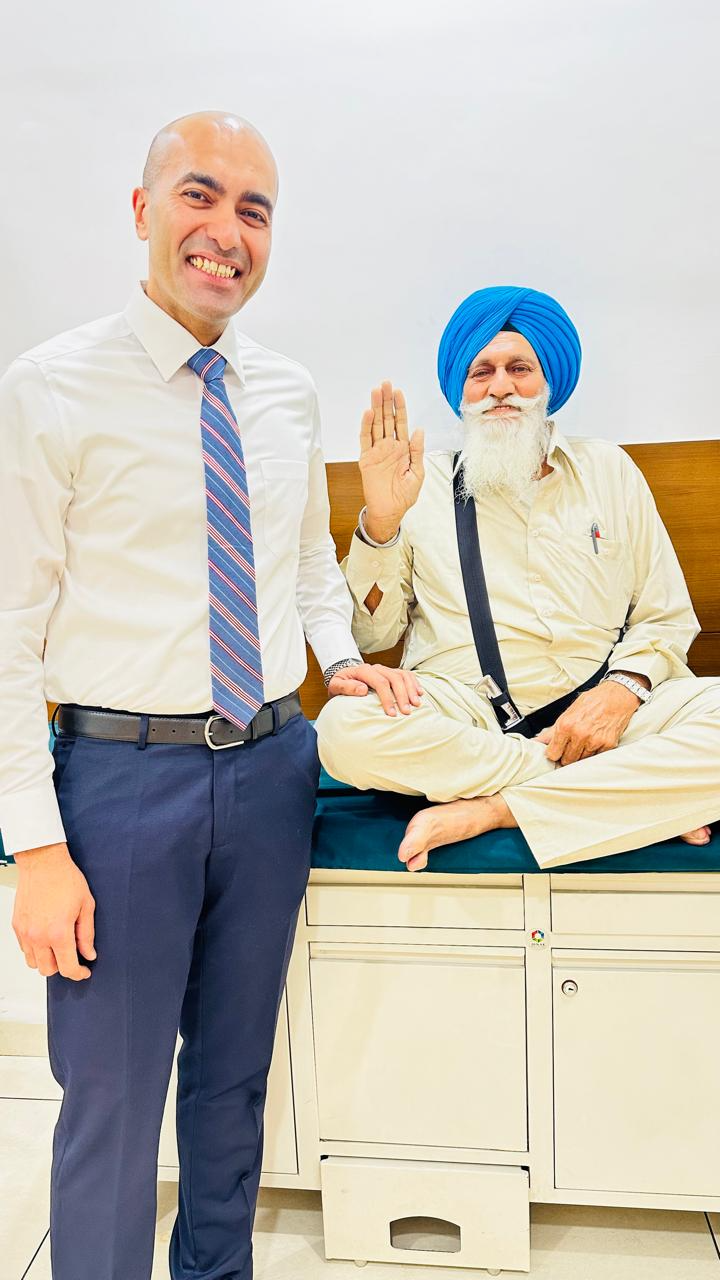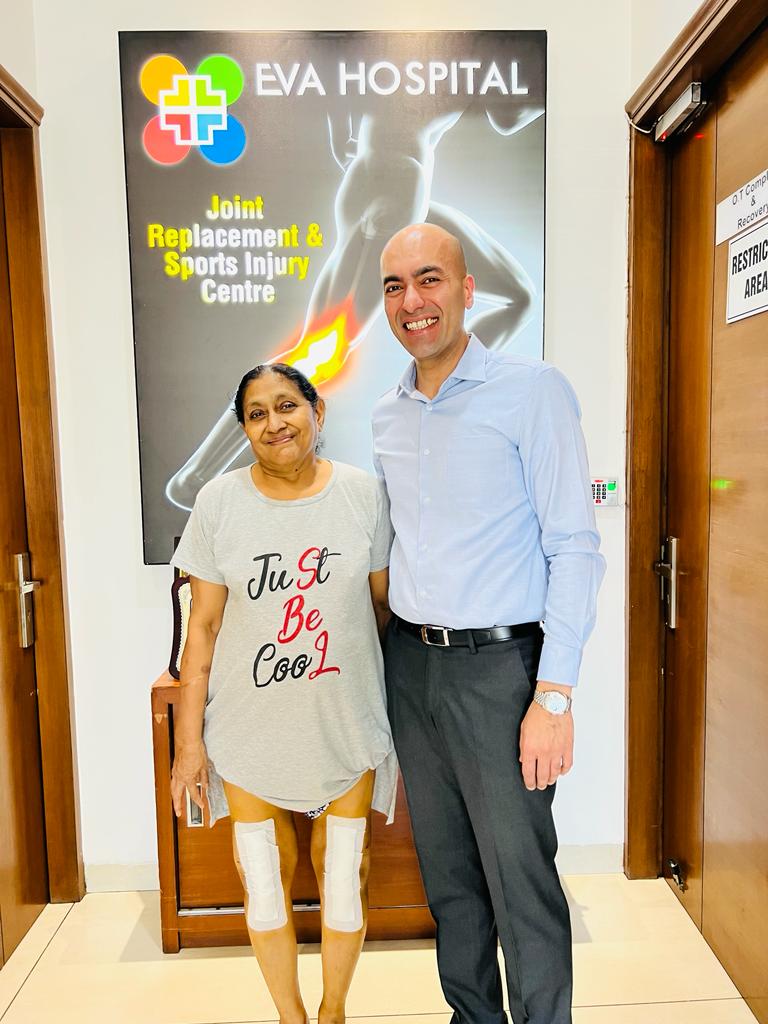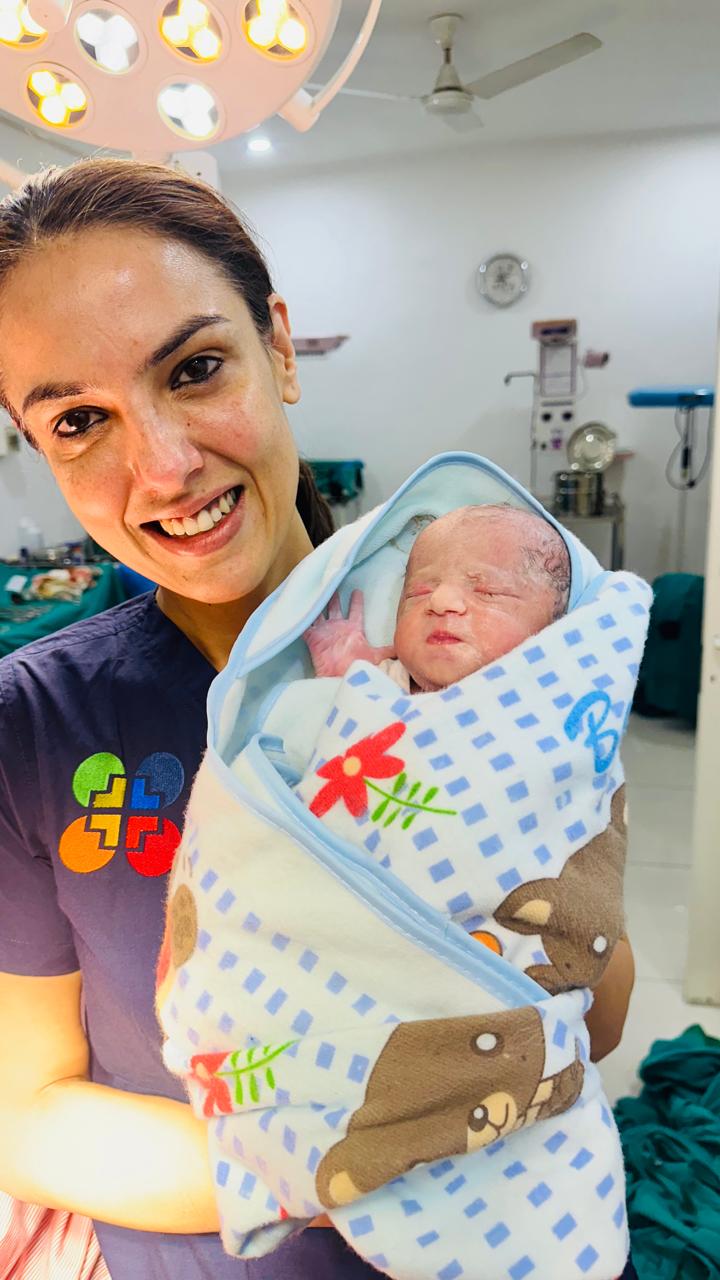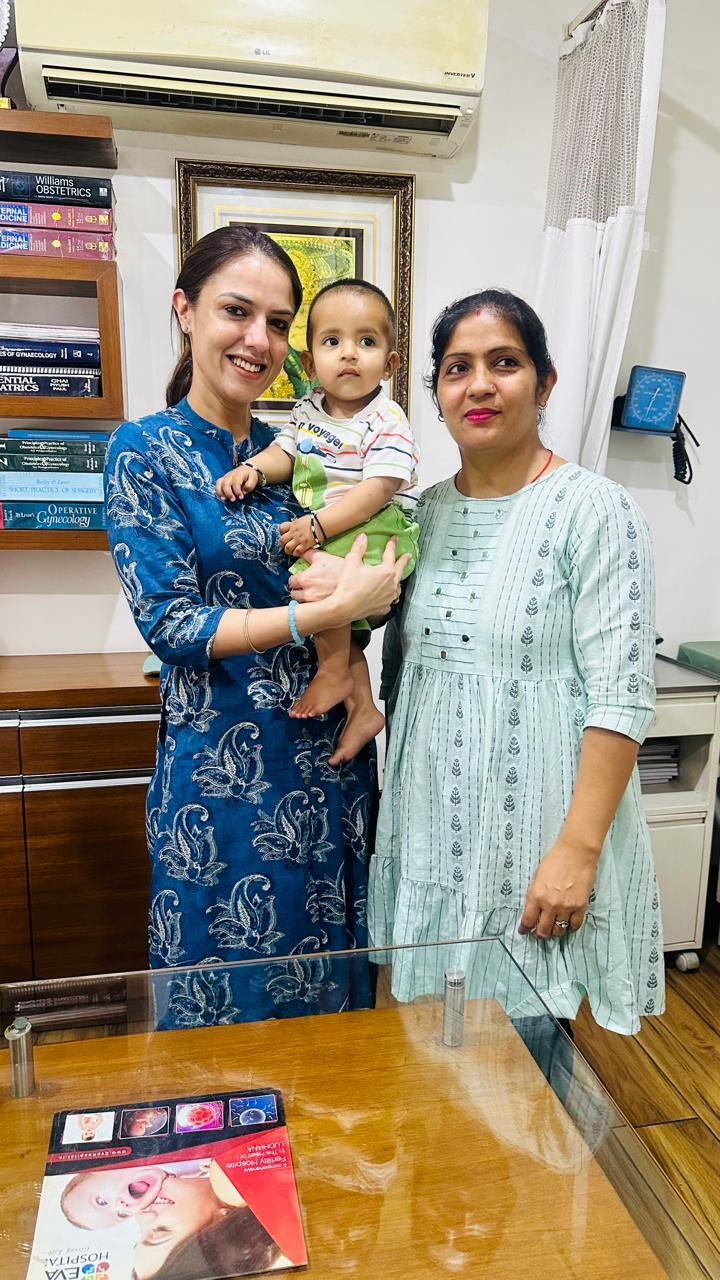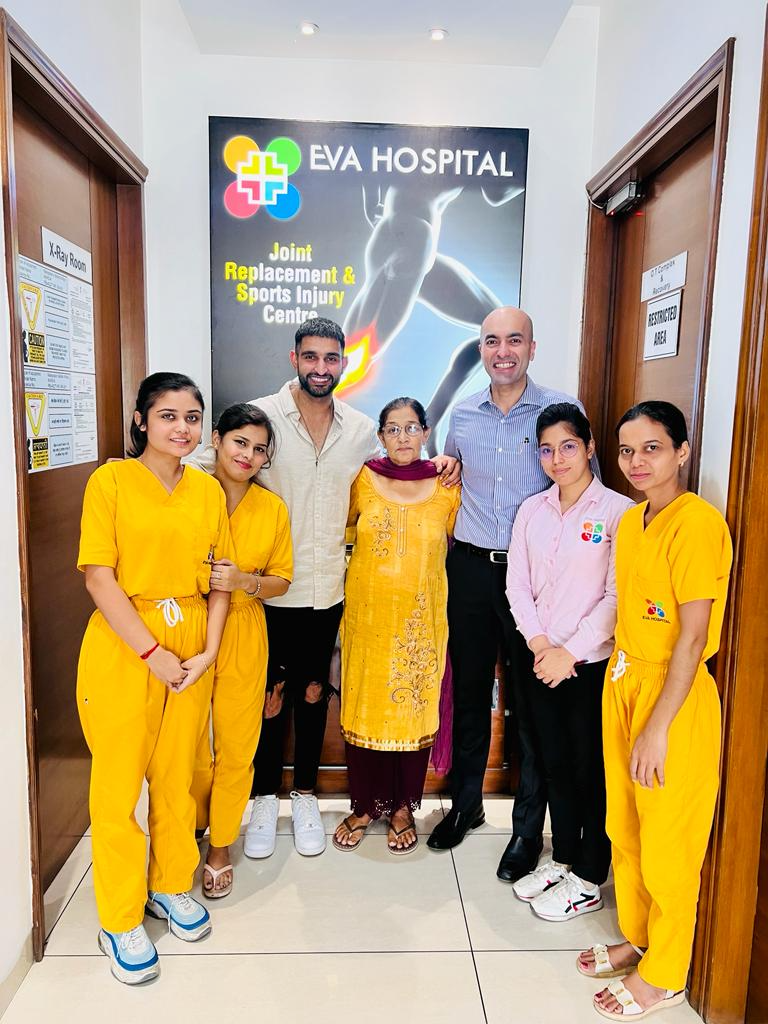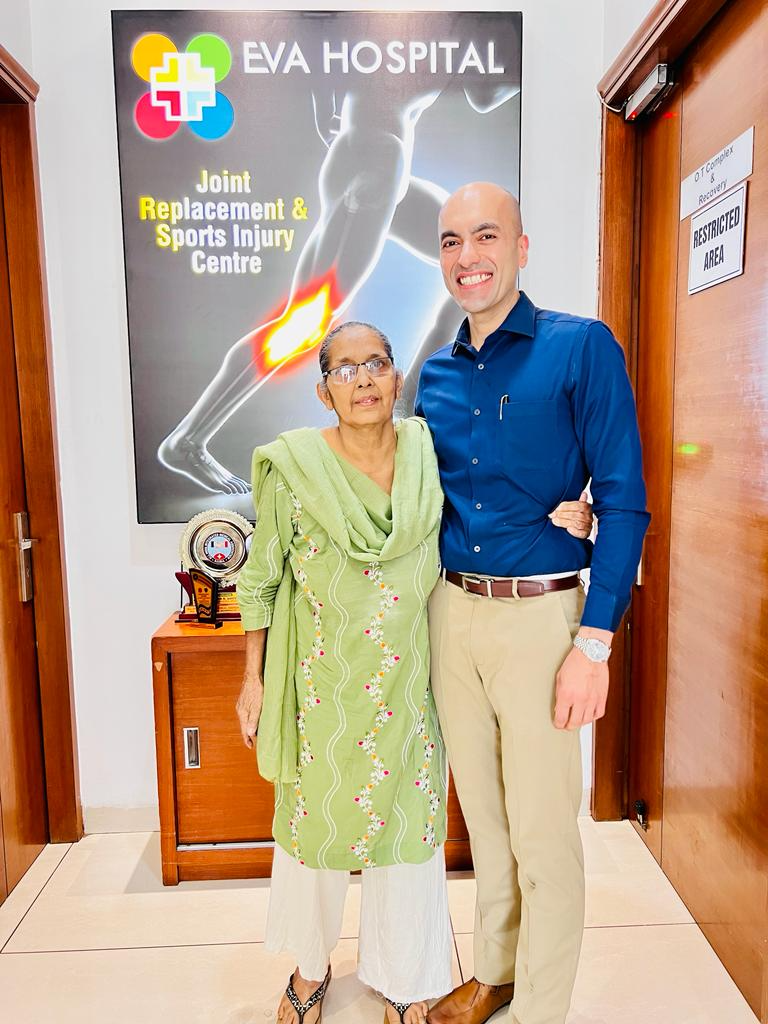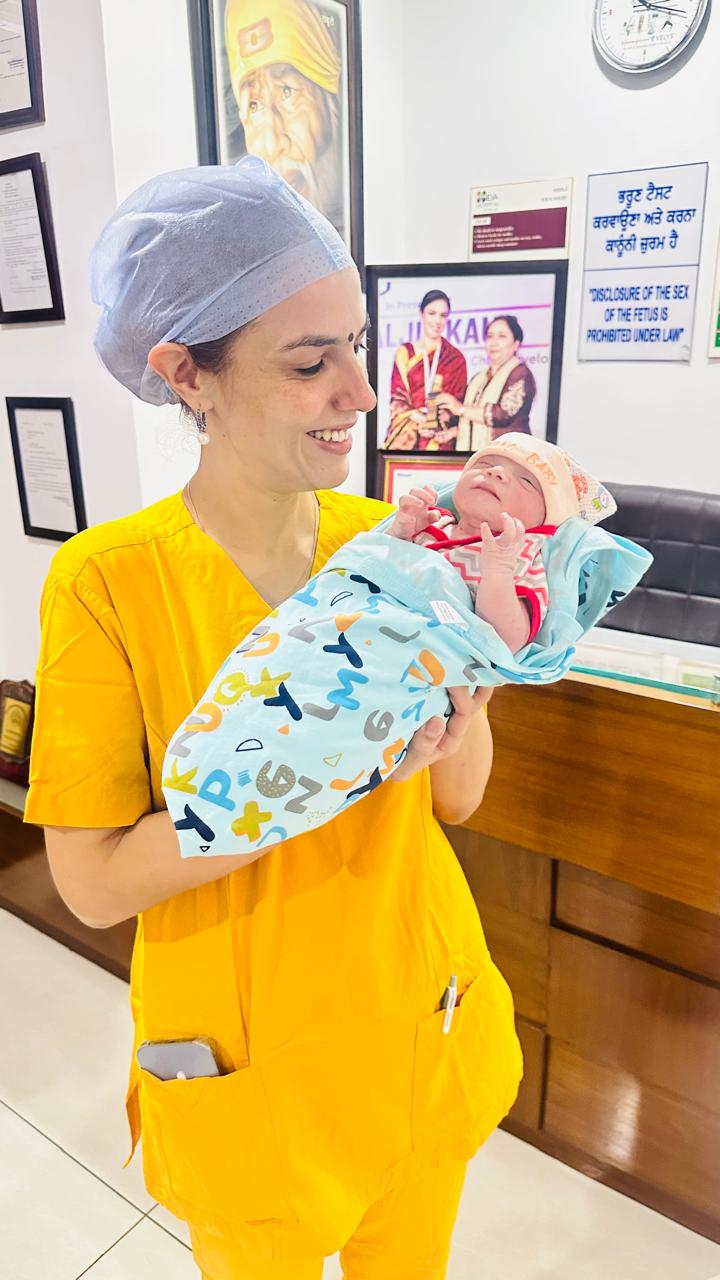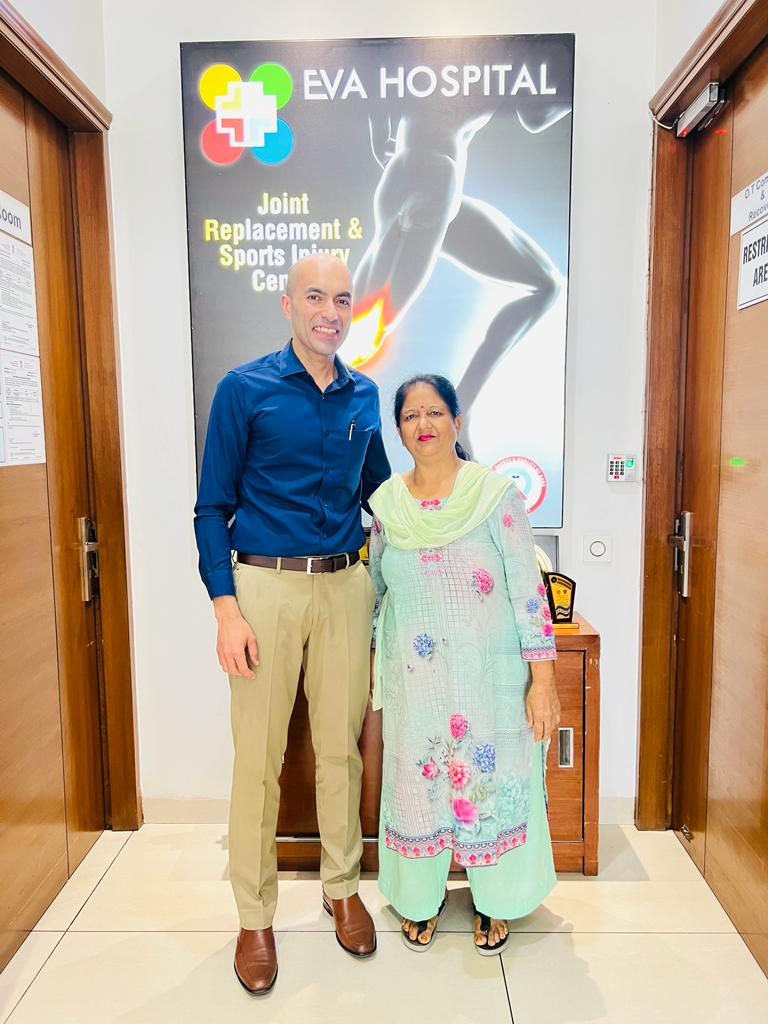Osgood-Schlatter Disease (OSD) stands as the main cause of knee pain which affects young athletic participants. Signs of Osgood-Schlatter Disease affect ten percent of growing adolescents. The positive aspect about Osgood-Schlatter’s disease is that it does not represent a pathological condition. Time proves to be the treatment for this condition which heals naturally.
What exactly is Osgood-Schlatter Disease?
The tibial apophysis in the knee suffers from inflammation because the patellar tendon produces traction forces. The medical development creates painful knee lumps under the kneecap that particularly impacts kids during their development stages. The overuse injury produces knee pain along with swelling throughout the lower knee section since it triggers inflammation at the tibial tuberosity attachment site of the patellar tendon.
What actually happens?
The developing child has growth plates known as diaphysis and epiphysis that divide the shinbone shaft region. The growth of the bone occurs through this mechanism when children and adolescents grow during their development. The two growing bones will later unite together after the growth process concludes in children. Apophysis also binds the patellar tendon to the tibial tuberosity of the shinbone prior to joins with the skeletal structure. The apophysis becomes inflamed through repetitive jumping and running actions causing Osgood-Schlatter Disease.
Symptoms
Osgood-Schlatter disease brings pain along with inflammation to all patients who have this condition. People experience different levels of pain when Osgood-Schlatter disease affects their bodies. The strength of pain sensations experienced by people with Osgood-Schlatter disease ranges from persistent severe discoloration to occasional mild discomfort.
People at risk
Young athletes who participate in sports requiring frequent jumping and running suffer most from the Osgood-Schlatter Disease. The disease affects the knees individually or simultaneously.
How can it be detected?
A physical examination in combination with an X-ray provides enough information for doctors to determine the reason behind your symptoms when you have OSD.
Treatment
Excessive rest periods along with time tend to resolve the condition naturally. The affected patient needs to limit active movements that worsen their condition until complete recovery occurs. People suffering from OSD need to use cold compress along with pain relief medications (including acetaminophen and ibuprofen and naproxen) and specific exercises which build the strength of hamstring and quadricep muscles to treat their condition. Additional support as well as pain relief comes from cross-training with a kneecap. The athlete must temporarily suspend his participation in games if the above measures fail to provide relief.
The cartilage growth plate ceases expansion when child movement stops in the growing phase. The disease together with its symptoms will disappear completely within the pending period of time. The problems naturally resolve themselves so surgery remains an improbable solution. Medical treatment and the passage of time result in complete recovery for more than 90 percent of patients who experience this ailment. After complete recovery of OSD patients may still experience a bony prominence on their knee shin area beneath the kneecap.
Osgood-Schlatter disease: A risk factor
The occurrence of Osgood-Schlatter disease occurs primarily among male patients than female patients. The risk period for boys exists between ages 13 and 14 because it represents their most active developmental phase. The condition typically affects female patients during 11-12 years of age. People who previously experienced Osgood-Schlatter disease display high susceptibility to lateral patellofemoral maltracking along with severe patellofemoral chondrosis.

